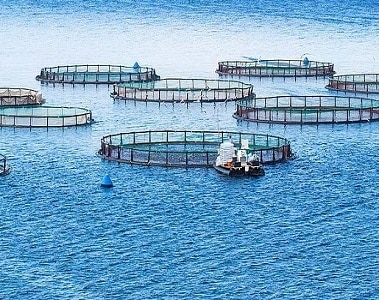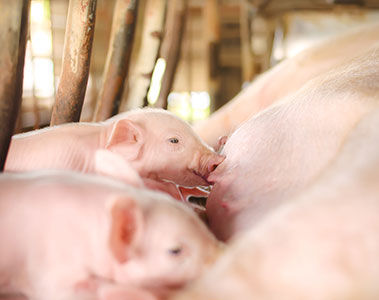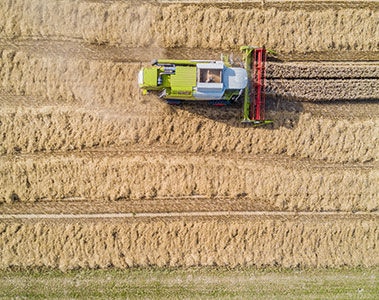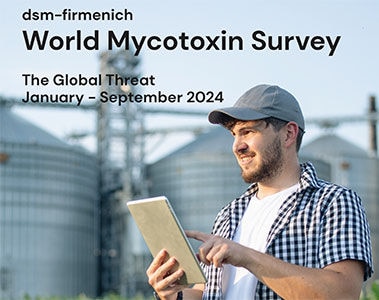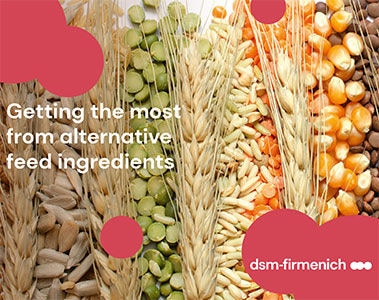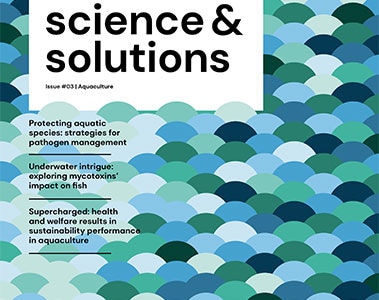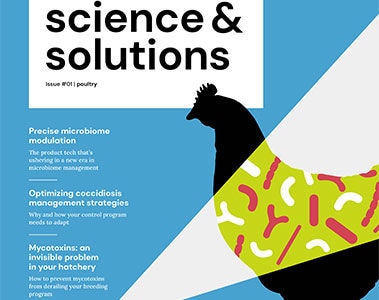Starting the dsm-firmenich World Mycotoxin Survey already in 2004, we are proud to celebrate a 20 year`s anniversary this year. The increasing sample size over the years gives detailed insights on the incidence of the six major mycotoxins in the agricultural commodities used for livestock feed in order to identify the potential risk posed to livestock animal production.
The dsm-firmenich World Mycotoxin Survey is part of our technical services. We offer mycotoxin analysis to our customers to help to identify mycotoxin risk in their raw commodities and final feeds. The biggest part of our survey data comes from routine analyses and is a joint effort with clients globally to collect over 20 000 samples/year.






